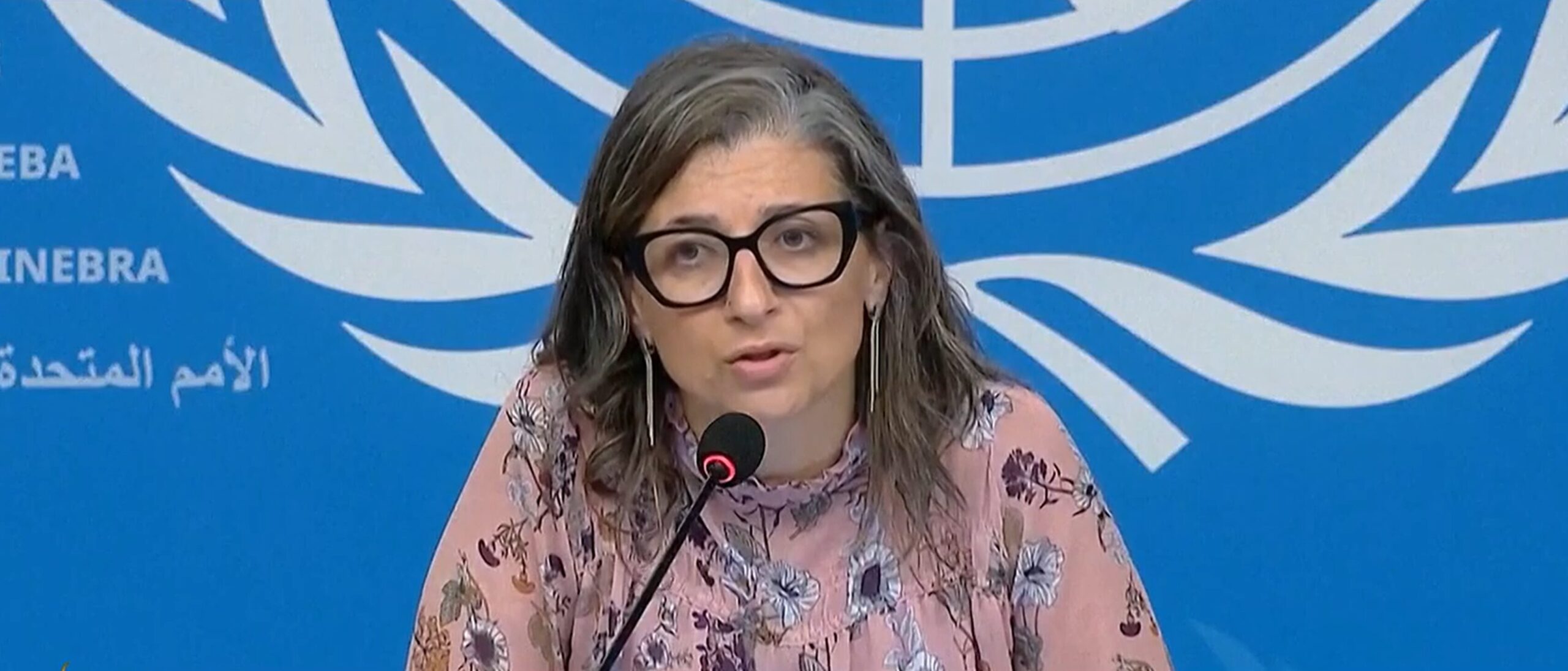PICTURED: A slash and burn agriculture landscape in the Amazon. PC: Matt Zimmerman. CC 2.0.
Year over year increases in the clearance of previously-deforested forests are gradually reducing the amount of virgin forest cut down in the Amazon Rainforest, a 2020 study revealed.
Already 70%, according to Forest News, of the annual deforestation in the Brazilian Amazon is occurring on areas of forest that had previously been cut down for pasturing animals or growing crops, and which had subsequently returned after the pasture was abandoned.
Here scientists are noticing a buffering effect — that the more biodiverse and valuable forests aren’t being reached, while at the same time the less valuable and less biodiverse forests are serving local communities’ needs for fertilizer for crops and pasture.
Some researchers have used the word “irreplaceable” to describe the value of biodiversity in primary forests, i.e. forests which have remain undisturbed since their original formation.
Slash and burn agriculture is a large driver of forest loss in the two-thirds of the Amazon Rainforest located in Brazil. Since 2004 deforestation has fallen dramatically overall, but also experienced an uptick in recent years, much of it due to this take-no-prisoners form of cultivation that involves cutting down trees and burning the understory to ash in order to give a layer of fertilizer on top of the poor tropical soils.
However this fertility lasts very briefly, and ecologist Mike Hands who works with slash and burn farmers in Honduras has detailed it can be as briefly as two harvests. On the other hand, tropical forests and their understory regrow fast, and it doesn’t take long in agricultural terms for enough foliage to return for slash and burn to became viable again. Already by 2014 the amount of annual deforestation in Brazil occurring on previously-deforested land had increased 48%, as a team of UK/Brazil researchers found.
Some areas have already been slashed, burned, abandoned, reforested, and slashed and burned again, five times.
“The recent acceleration in secondary forests loss occurred across the entire region and was not driven simply by increasing secondary forest area but probably a conscious preferential shift towards clearance of a little-protected forest ecosystem (secondary forests),” the authors write.
The finding resurrects an age old question of how best to protect an ecosystem, whether to work as hard as possible to protect it was laws and police, or protect it with economic incentives—in this case making land concessions to poorer neighboring farmers and ranchers so they no longer need to expand into the interior of the Amazon.


